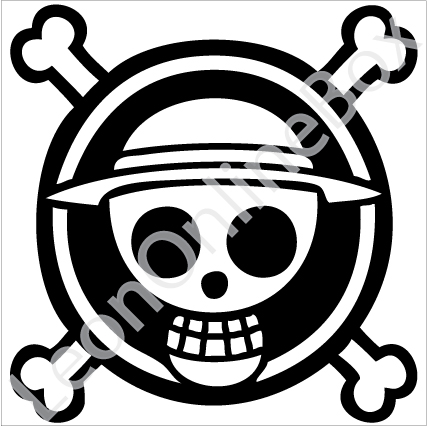
Logo, graphic, icon, logotype, typogram, logoform, image...call it what you will, a logo by any other name is the group of letters and/or symbols used in a consistent and unique way to identify a company. It is the most prominent and stable element of marketing, and should be planned carefully to fully reflect your brand. Understanding the key aspects of a logo will help in developing a durable, on target identity.
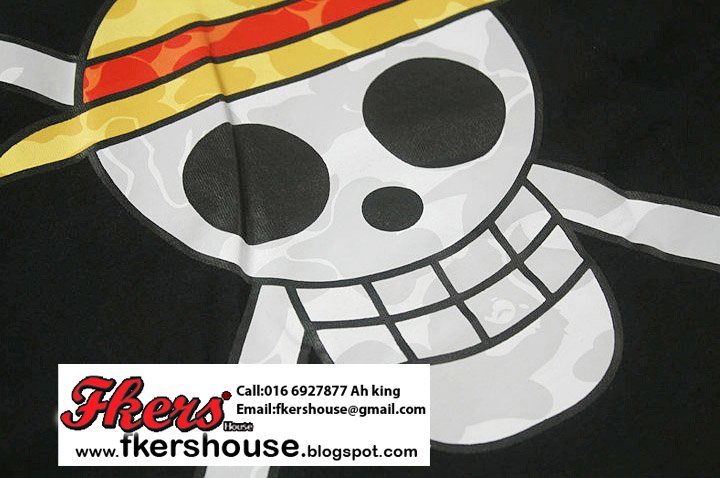
It is important to be aware of the images around you. Creating a logo that is inappropriate for your industry, too close to a competitor's, or reminds viewers of another company can sabotage communication. A logo should be like a fingerprint, one of a kind.
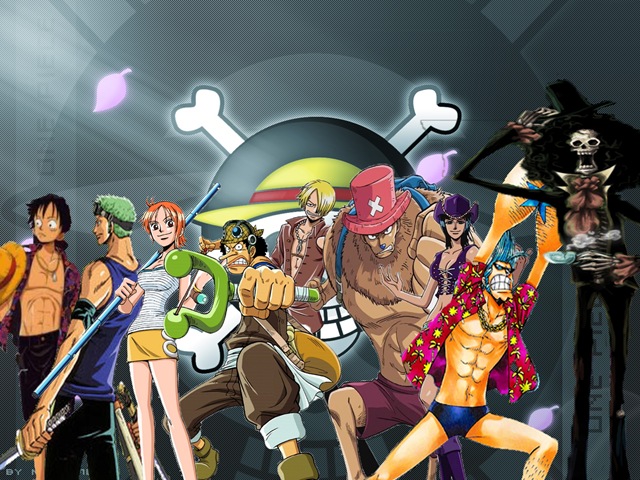
Logos have many elements that can be coordinated to deliver maximum impact. When developing an image to reflect a brand, consider these key points for aligning visuals with the verbal and experiential message of your company.
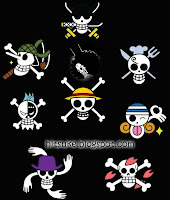
Beth Brodovsky is the president and principal of Iris Creative Group, LLC. Brodovsky earned a Bachelor of Fine Arts in Communication Design from Pratt Institute, New York. Before launching her own firm in 1996, she spent eight years as a corporate Art Director and Graphic Designer, providing a sound foundation in management and organizational standards and structure. Iris Creative specializes in providing marketing and strategic communication services to clients in service industries and small businesses.
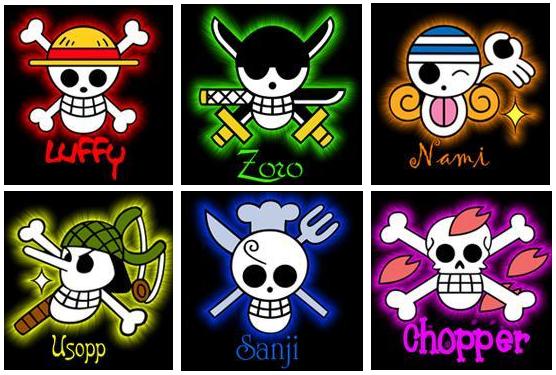
The process of creating a logo has come a long way since the days when artists labored with technical pens to draw them by hand, and specialized printing processes were required to reproduce them in the various sizes, colors and media in which they might appear. Today's tools enable the creation of logos in formats and variations suitable to all manner of screen display, print and specialty applications. Far from being a single piece of artwork, a logo is generally delivered in an array of formats, and knowing which version should be used in a given situation can be confusing. Following is an explanation of what a client will typically receive from a designer when creating a logo.
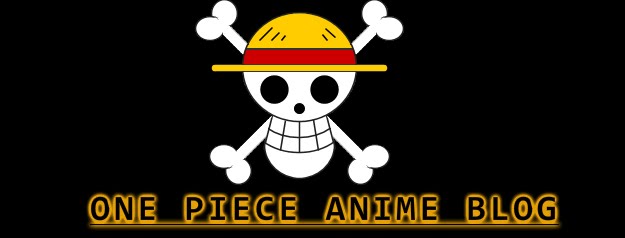
These are the two types of artwork in which a logo is usually delivered, although as I will explain later, there are variations within these two types. Raster art is designed for screen display...the logo is made up of pixels so that it can be displayed on a monitor. Programs such as Photoshop are used to create raster art (typically as a .gif, .jpg or .png file) everything viewed on the internet is a raster file. Vector art is a different animal...it uses a complex set of mathematical instructions (created as .eps files) to define the artwork in mathematical terms, rather than a pixel grid. Programs such as Adobe Illustrator are used to create vector art, and it is most often used to create the master files that comprise a set of logo art files.

The main difference between the two is that vector images are scalable... they can be enlarged without degrading their quality. Raster images, because they are made up of pixels, deteriorate as they are enlarged because the pixels themselves are spread over a larger area without adding any more detail, making the image blurry or jagged. This can be addressed by creating raster files with lots of pixels, but this increases file size...a raster file large enough to look good on a trade show graphic or the side of a van can be hundreds of times larger than a logo on a web page, whereas the vector version's file size stays the same (as does the quality of the image) no matter how large it is displayed. In most cases, though, raster files work fine, if they have enough pixels (are high enough resolution) to look good when printed, and because .eps files are not supported by many programs or the internet, raster files are used more often. I generally provide raster logo files in several sizes...small for typical screen display and larger for print, along with the guideline that it is always best to use a large file and scale it down to the display size in a print document, rather than increasing the display size of a small version intended for screen display. I also provide the vector files...usually the client isn't able to work with them directly, but can supply them to a vendor if they need it to print the logo really large. It's also a simple process to make a .jpg file of any size from the .eps vector art, but making vector art from raster art is much more difficult.
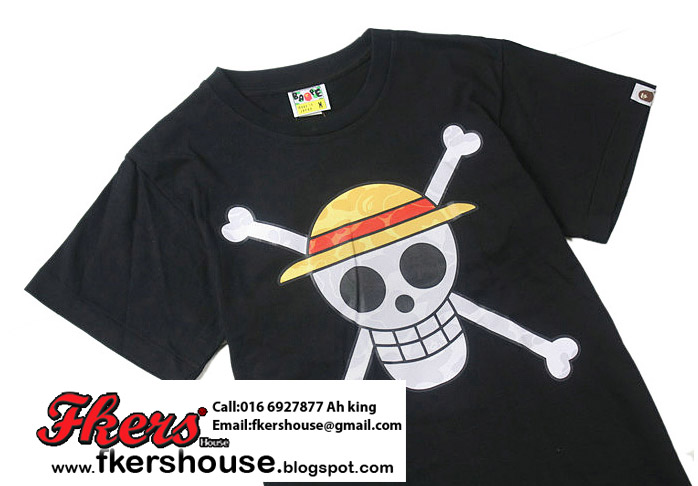
Most logos start out as a simple black and white design. In addition to being the purest expression of the design, they also allow for the reproduction of logos where there is only positive and negative space to work with, such as etched glass. In addition to the black and white "parent" version, other versions can be derived that may be gray, shades of gray, one-color, or full-color versions. Since the digital revolution has made color printing the norm, rather than the costly proposition it was in the past, black and white, or one-color logos, are now used mainly for specialized purposes, such as promotional items, signs and rubber stamps, although even that is changing rapidly. Usually a client needs only a black and white and full color version of their logo, although if they request, I can make them one in gray or a single color. Although gradients are appearing in logos more and more, I tend to avoid them, as it makes it difficult to create a logo that will work, say, with etched glass or a cutout shape for a sign.

There are also different types of color files, each of which have their purpose. Nearly all color digital files use the RGB color model, which is tailored to screen display but works fine in most in-house printing environments as well. Some publications and vendors require files using the CMYK color model, which originated with pre-digital process color printing and is also the format native to .eps vector files. Gif files are often used on the web and in phone applications, due to their small file size, and have their own color model... I generally supply logos in that format as well.

Many designers are reluctant to provide the source vector art files, out of concern that their work may be altered or because they wish to control the creation of raster files derived from them. I believe in a partner relationship with my clients, providing them with everything they need, and empowering them to work with their own vendors, although I am happy to assist them as needed. Should they want to modify the logo, I trust that they will work with me, as they will rarely be able to work with the .eps files themselves.

At the very least, a logo package should consist of the following: black and white vector .eps files (if fonts are used, I set the files up so that fonts are not required to print) and raster files (.jpg and .gif) in several sizes for print and screen display. If they need a different version (such as a CMYK or version of the logo in a single color) I provide that as well. Rather than simply handing over a piece of artwork, designing a logo in today's digital world calls for multiple versions, and a willingness to support our clients so that the best version for a given situation is always used.
Woori Casino Login - choegocasino.com
ReplyDeleteWelcome to Woori Casino, a brand-new 11bet gaming link 12bet hub that promises to revolutionise the way players play casino online. Join and start 우리카지노 winning!